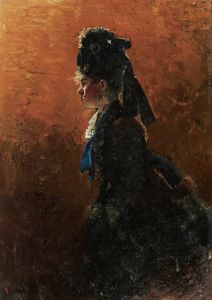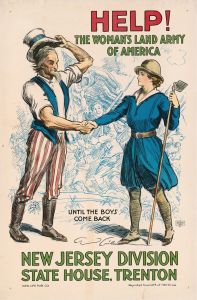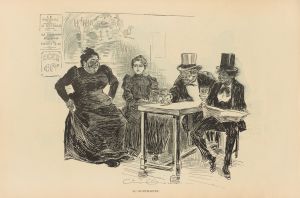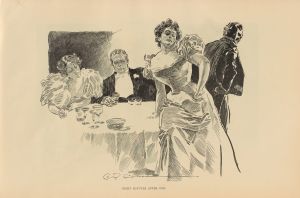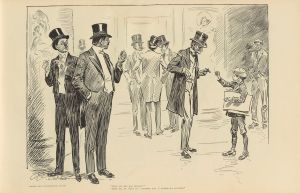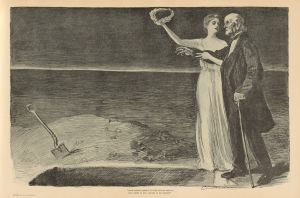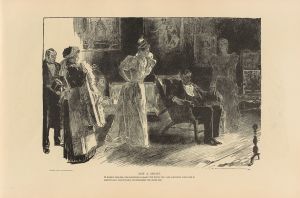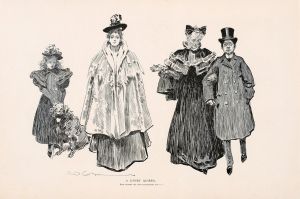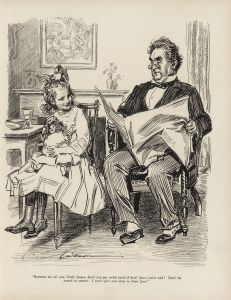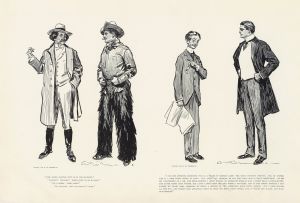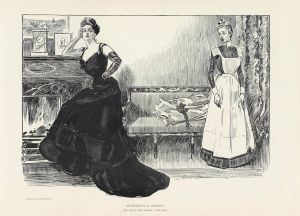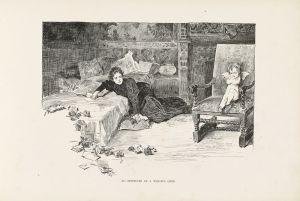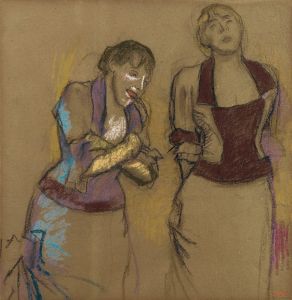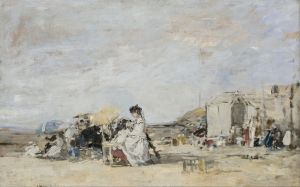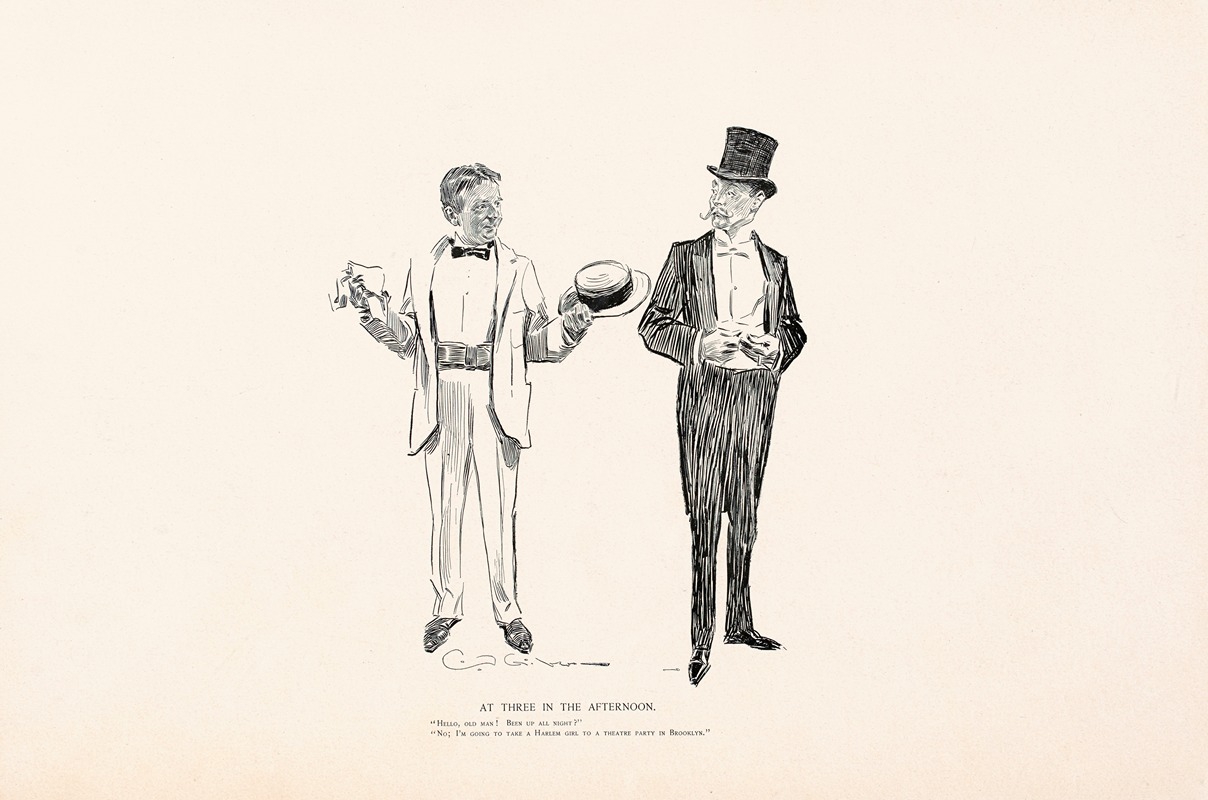
At three in the afternoon
A hand-painted replica of Charles Dana Gibson’s masterpiece At three in the afternoon, meticulously crafted by professional artists to capture the true essence of the original. Each piece is created with museum-quality canvas and rare mineral pigments, carefully painted by experienced artists with delicate brushstrokes and rich, layered colors to perfectly recreate the texture of the original artwork. Unlike machine-printed reproductions, this hand-painted version brings the painting to life, infused with the artist’s emotions and skill in every stroke. Whether for personal collection or home decoration, it instantly elevates the artistic atmosphere of any space.
Charles Dana Gibson (1867–1944) was an influential American illustrator best known for his creation of the "Gibson Girl," an iconic representation of the independent and fashionable American woman at the turn of the 20th century. One of his notable works is "At Three in the Afternoon," which exemplifies his distinctive style and thematic focus.
"At Three in the Afternoon" is a pen-and-ink drawing that showcases Gibson's exceptional skill in line work and his ability to capture the subtleties of human expression and social interaction. The drawing depicts a scene typical of the upper-class social life during the late 19th and early 20th centuries, a recurring subject in Gibson's oeuvre. The precise date of the creation of this particular piece is not well-documented, but it aligns with the period when Gibson was at the height of his career, roughly between the 1890s and the early 1900s.
In the illustration, a group of elegantly dressed men and women are gathered in a parlor or drawing room, engaging in conversation and leisure activities. The title, "At Three in the Afternoon," suggests a specific time of day, likely indicating a social call or tea time, which was a common practice among the affluent during that era. The detailed attire of the characters, including the women's elaborate dresses and the men's formal suits, reflects the fashion and social customs of the time.
Gibson's work often highlighted the dynamics between men and women, and "At Three in the Afternoon" is no exception. The interactions between the characters can be interpreted as a commentary on the social norms and gender roles of the period. The women in the drawing, embodying the "Gibson Girl" ideal, are portrayed as confident and poised, while the men appear attentive and engaged in the conversation. This balance of power and elegance is a hallmark of Gibson's illustrations.
The "Gibson Girl" became a cultural phenomenon, representing the modern woman who was both beautiful and independent. Gibson's illustrations, including "At Three in the Afternoon," played a significant role in shaping public perceptions of femininity and social etiquette in the early 20th century. His work was widely published in popular magazines such as Life, Harper's Weekly, and Scribner's, reaching a broad audience and cementing his influence in American visual culture.
Gibson's legacy as an illustrator is marked by his keen observation of social trends and his ability to encapsulate the spirit of his time through his art. "At Three in the Afternoon" remains a testament to his talent and his contribution to the visual documentation of American society during a transformative period in history.





